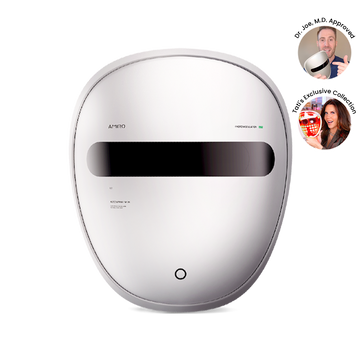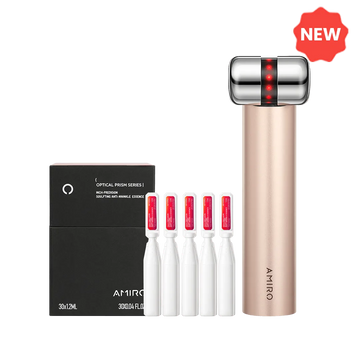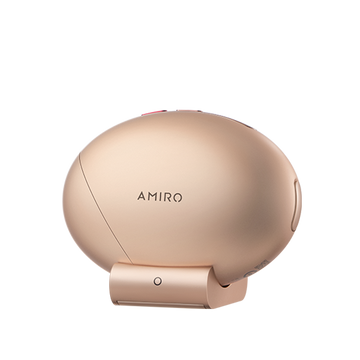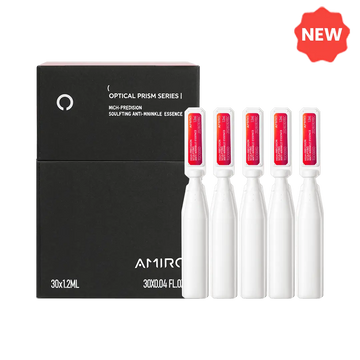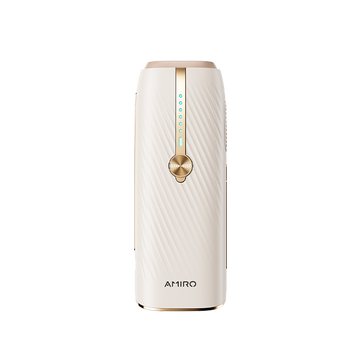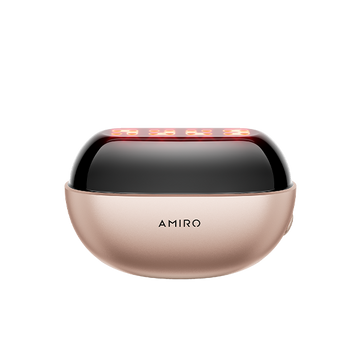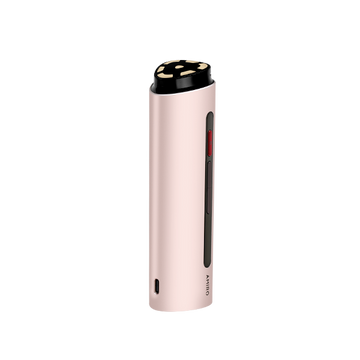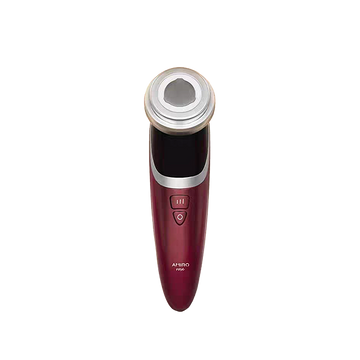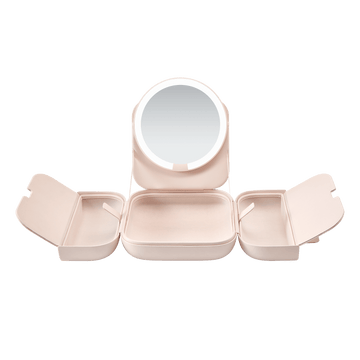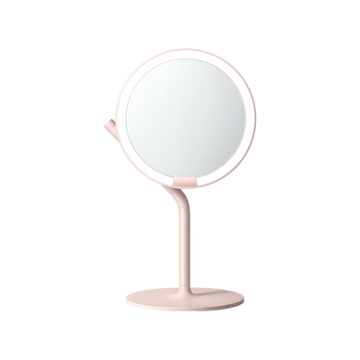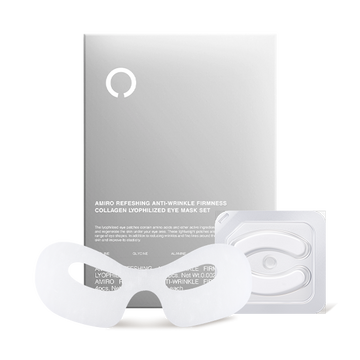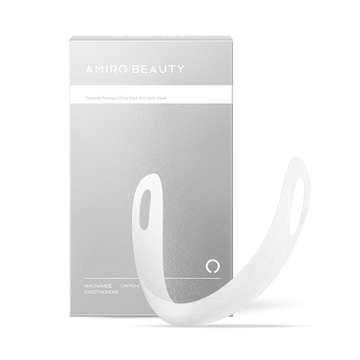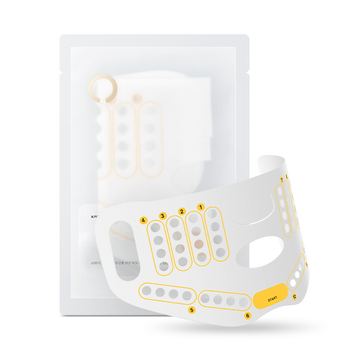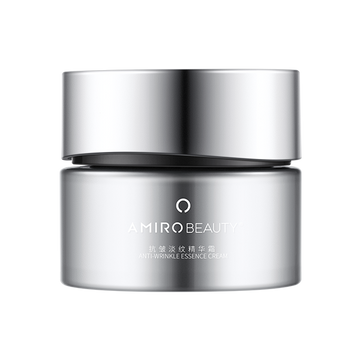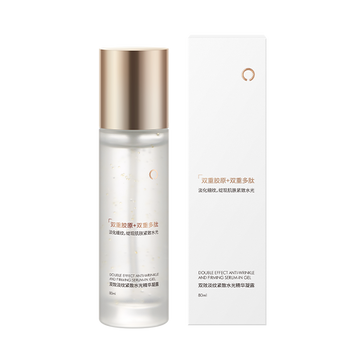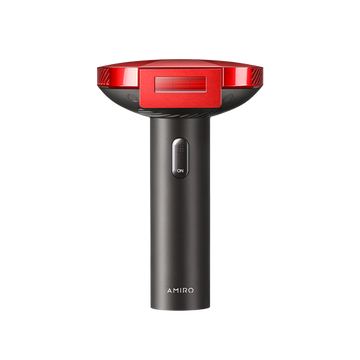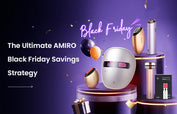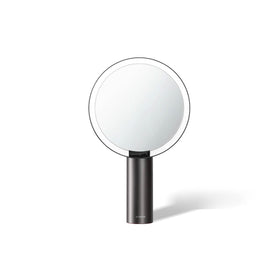Renuvion Skin Tightening: Frequently Asked Questions
Welcome to our all-encompassing guide on Renuvion Skin Tightening and J-Plasma technology, designed to provide you with the knowledge and insights needed to dominate the world of non-invasive skin rejuvenation.
In this comprehensive article, we'll cover everything from how Renuvion works, to the costs involved, and what results you can expect from this groundbreaking procedure. So, let's dive in and become experts on Renuvion Skin Tightening, and unlock the secret to a more youthful and radiant appearance!
What is Renuvion Skin Tightening Technology?
Renuvion Skin Tightening Technology is a patented non-invasive skin tightening and body contouring technique. Renuvion Skin Tightening Technology uses radiofrequency energy and plasma energy to heat and contract collagen in the skin for non-invasive skin tightening and body contouring. The treatment is aiming to reduce wrinkles, lift sagging skin and improve body contours.
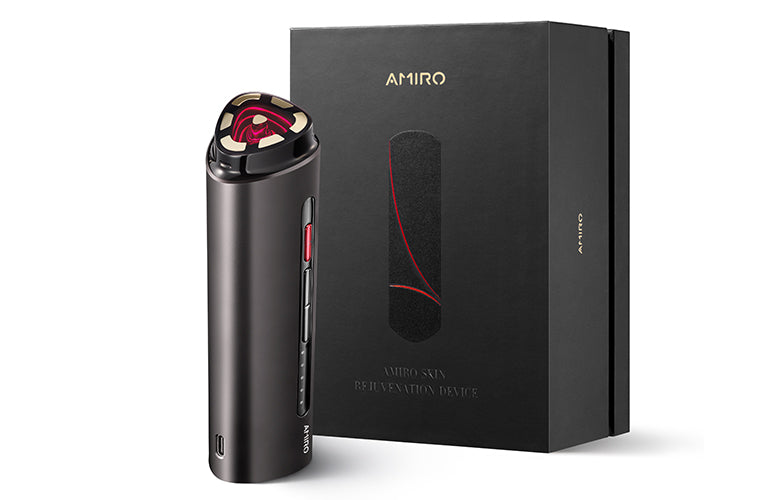
How does Renuvion Skin Tightening Technology work?
- It uses radiofrequency energy to heat tissue under the skin, causing collagen contraction and skin tightening. The procedure is called "Renuvion J-Plasma."
- The radiofrequency energy is delivered through a handheld device called the Renuvion Hand Piece. It emits a plasma-like state called "ionized gas" which heats the collagen.
- The technique targets different areas of the body like the face, neck, abdomen and thighs. It is used for skin laxity, wrinkles and cellulite.
- The procedure is performed in a doctor's office under local anesthesia. It does not require downtime and patients can return to normal activities right after.
Are Renuvion and J-Plasma the same?
Yes!As we mentioned above, Renuvion is also called J-Plasma.
Is Renuvion a Painful Process?
Renuvion is generally considered a relatively comfortable and painless skin tightening procedure, though some discomfort can be experienced. Here are some details regarding the pain associated with Renuvion:
- As we mentioned above, local anesthetic is typically used to numb the treatment area before the procedure, so patients generally do not feel any pain during the actual treatment. This helps minimize discomfort.
- Some patients report feeling some mild stinging, burning, pinching or poking sensations during the procedure, especially in areas with less fatty tissue like the face and hands. But this is typically mild and well-tolerated.
- The amount of pain depends on the treatment area. Areas with more fat like the abdomen and thighs tend to be more comfortable, while the face and neck can be slightly more sensitive.
How could I know whether I can take Renuvion?
There are a few things to consider to determine if Renuvion is a good option for you:
- Medical history: Renuvion is generally a safe procedure, but it's important to discuss any medical conditions you have with your doctor. Conditions like autoimmune disorders, bleeding disorders, skin conditions and certain medical devices could rule out Renuvion.
- Treatment goals: Renuvion is best suited for addressing mild to moderate skin laxity, wrinkles and body contouring issues. If you have more advanced signs of aging or body shape concerns, other options may provide better results.
- Pain tolerance: As we discussed, some discomfort is common with Renuvion, especially on more sensitive areas like the face. If you have a low pain tolerance, you may want to consider alternate treatments.
- Cost: Renuvion treatments can be expensive, with costs ranging from $500 to $2,000 per treatment area depending on the size. Consider if this fits within your cosmetic treatment budget.
- Downtime: Though minimal, Renuvion can cause some temporary side effects like swelling and bruising. Make sure you have adequate time to recover from any potential downtime.
- Lifestyle: Renuvion provides long-lasting results, but treatments will likely need to be repeated every 1-2 years to maintain benefits. Consider if this fits within your lifestyle long term.
In short, if you're in generally good health, seeking mild to moderate skin tightening, can tolerate some discomfort and have the budget for treatments, Renuvion may be a good option for you. But discuss your full medical history, treatment goals and concerns with a qualified provider to determine if Renuvion is right for achieving your aesthetic goals. A consultation can help you decide and create a personalized treatment planif moving forward.
Is Renuvion skin tightening expensive?
Renuvion can be an expensive skin tightening treatment, though costs vary based on the treatment area and the number of treatments needed. Some key factors that determine the cost of Renuvion:
- Treatment area - Costs range from around $500 to $2,000 per treatment area. Larger areas like the abdomen cost more than smaller areas like the jowls or upper arms.
- Number of treatments - Multiple treatments are often recommended to achieve the best results, driving up the total cost. Initial "loading phases" of 3-5 treatments are common.
- Provider experience - More experienced providers who have access to the latest Renuvion technology may charge higher fees.
- Location - Renuvion costs tend to be higher in large cities and medical centers.
- Add-on procedures - If other treatments like fillers or laser resurfacingare performed at the same time, costs will increase.
- Facility fee - Some providers charge an additional facility or room fee on top of the treatment cost itself.
In comparison to other skin tightening options, Renuvion is considered a mid-to-high end treatment in terms of cost-effectiveness. More invasive procedures tend to be most expensive.
How long does Renuvion Procudure take?
The duration of a single Renuvion treatment depends on the size of the area being treated, but most procedures take between 30 minutes to 2 hours. Here are the details:
- Small areas like the jowls or upper arms typically take 30-60 minutes to treat with Renuvion. This includes numbing the area, performing the treatment and recovery time.
- Medium sized areas like the abdomen, buttocks or thighs generally require 1 to 1.5 hours for a full treatment. More treatment passes are needed to cover larger surface areas.
- The face and neck treatments tend be on the shorter end, around 45 minutes to 1 hour. These areas often require lower energies and less aggressive treatment.
- Full body treatments combining multiple large areas can take up to 2 hours or more. This involves treating each area one at a time then allowing time for recovery between treatments.
The total number of "treatment passes" with the Renuvion handpiece determines treatment time. More passes covering a larger surface area mean a longer procedure.
Setup and prep work like numbing the area, positioning the patient and preparing the Renuvion device also factor into the total time. This tends to add 15-30 minutes to a treatment.
Recovery time is also incorporated into the procedure duration. Patients are monitored for about 15-30 minutes after treatment to ensure there are no side effects before being discharged.
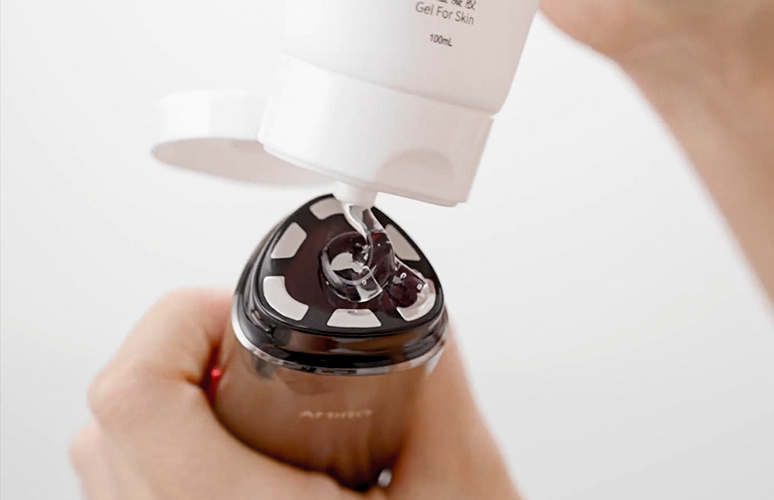
How long does it take to see the results of Renuvion?
The results of Renuvion skin tightening treatments typically become visible over the course of a few weeks to months. Here are the details:
- Immediately after the procedure, patients may notice some mild swelling, redness and bruising at the treatment site which typically fades within a few days.
- Within the first 1-2 weeks, collagen in the treated area begins to contract and tighten, resulting in some initial skin tightening and improvement in fine lines and wrinkles.
- As healing continues over the next 4-8 weeks, collagen production is further stimulated which leads to more skin contraction and lift. This is when the majority of skin tightening results begin to appear.
- Maximum results are usually achieved at around 3 months after Renuvion but some additional improvement may be seen up to 6 months post-treatment.
- The Renuvion results are gradual and cumulative. A single treatmenttypically provides around 20-40% skin contraction. For best results, multiple treatments at 4-8 week intervals are often recommended.
- The effects of Renuvion are long-lasting but not permanent. Treatments may need to be repeated every 1-2 years to maintain the skin tightening results over time.
- For body contouring of areas like the abdomen and thighs, results may be slightly slower to appear. Contour improvement usually peaks at around 3-6 months after the final Renuvion treatment.
So in summary, while some initial improvement can be seen within the first 2 weeks, the majority of Renuvion skin tightening results typically become visible at the 1-3 month mark as collagen remodeling reaches its maximum effect. Multiple treatments spaced 4-8 weeks apart can provide the most dramatic and long-lasting results.
Is there any Renuvion post-treatment pain?
Post-treatment pain or discomfort is also usually mild and temporary. Patients may experience tenderness, soreness, itching or a warm sensation for a few days after the procedure. Over-the-counter pain medications are often sufficient to manage any discomfort.
